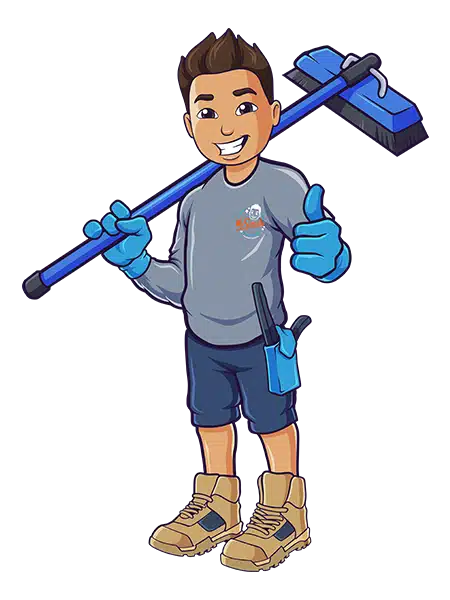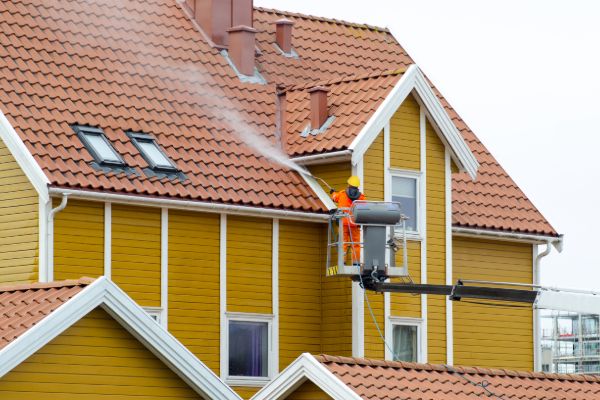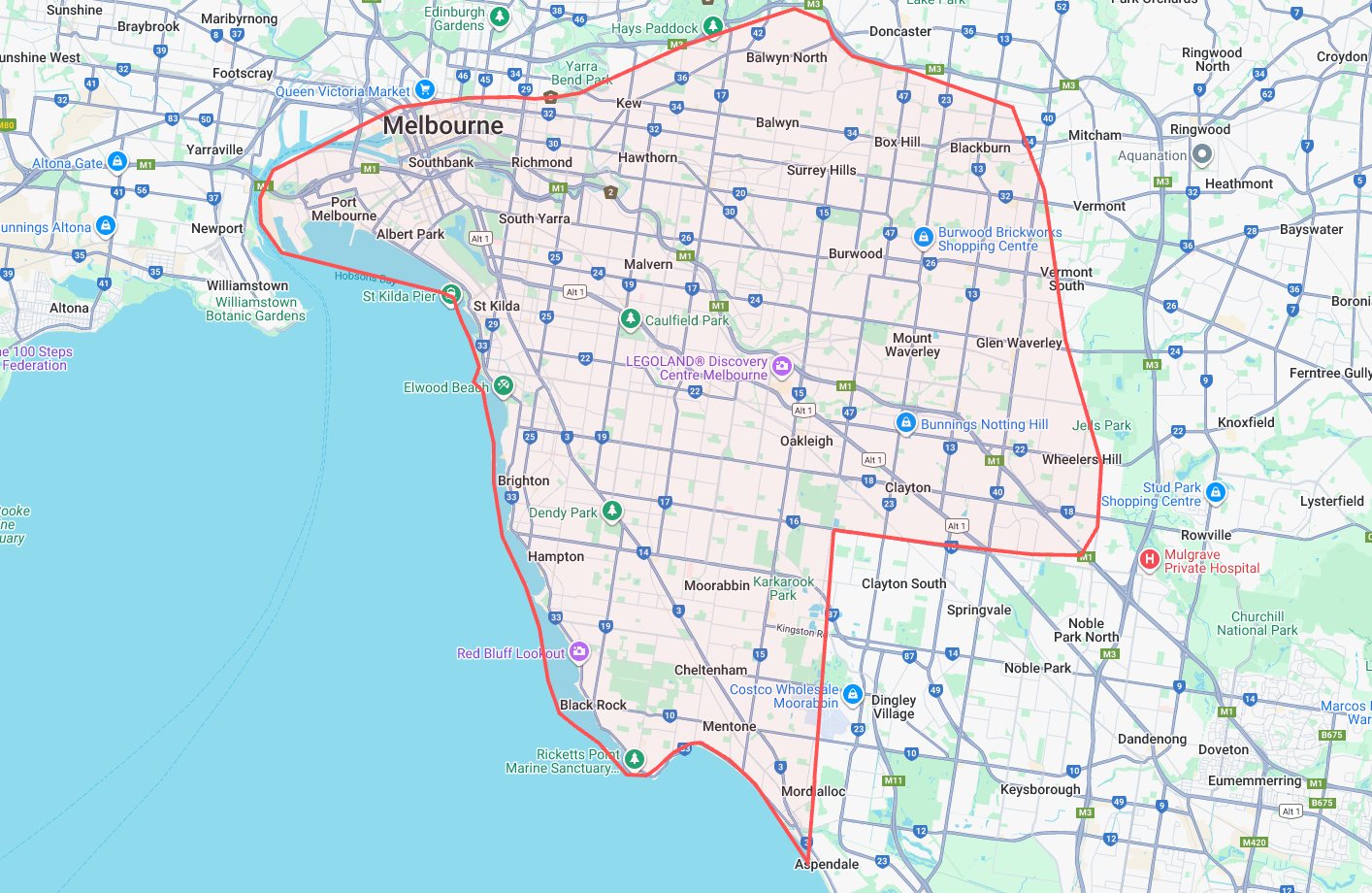In Australia, including Brighton’s coastal suburbs, pressure cleaning service providers are in high demand—especially for residential roof maintenance. Homes here endure exposure to salt-laden sea air, UV rays, bird droppings, and biological buildup like moss, lichen, and algae, all of which accelerate roof wear. A clean roof not only enhances curb appeal but also extends the lifespan of roofing materials.
Common Risks of Improper Roof Pressure Cleaning
1. Cracked or Dislodged Roof Tiles
High-pressure water can easily fracture brittle materials such as terracotta, concrete, or slate tiles. These are not designed to endure intense force, and any loosened or cracked tiles can lead to costly repairs and interior water damage.
2. Water Ingress Beneath Roofing Layers
If water is blasted upward or against the natural flow of drainage, it can force its way beneath tiles or metal sheets. This can compromise underlayments, cause internal leaks, and even damage insulation and ceilings.
3. Coating and Surface Erosion
Metal roofs or painted tiles often feature protective coatings to resist corrosion and UV damage. Pressure that’s too high can strip away these coatings, leading to premature deterioration, rust, or discolouration.
4. Slip and Fall Hazards
Wet roofs are slippery by nature, and using a pressure washer without the correct safety setup increases the risk of falls. Hoses can be tripping hazards, especially on steep or multi-level roofs.
5. Voided Warranties
Some roofing manufacturers void warranties if high-pressure washing is used, particularly if it leads to surface damage or water penetration.
6. Health and Environmental Risks
If your property still has old roofing materials like asbestos cement sheets, disturbing them with high pressure can release hazardous particles into the air, posing significant health and legal risks.
Soft Washing: A Safer Alternative
Soft washing is a low-pressure cleaning method that uses specially formulated solutions to break down grime, mould, and algae. Rather than relying on brute force, soft washing relies on chemical action and minimal water pressure to clean roofs safely.
Benefits include:
- Reduced risk of damaging tiles or coatings
- Effective removal of biological growth like lichen and moss
- Better long-term results without structural compromise
Soft washing is the preferred option for most modern and older roofs, especially in coastal environments like Brighton.
Step-by-Step Guide: How to Clean Your Roof Safely
1. Inspect the Roof First
Before cleaning, inspect your roof for damaged tiles, loose flashing, cracked sealant, or signs of ageing. Repair these issues before using any cleaning method to avoid worsening the damage.
2. Choose the Right Cleaning Method
- For older or delicate roofs: stick to soft washing
- For stronger, coated surfaces: use low to moderate pressure if necessary
- For all roof types: always test a small area first to assess material response
3. Set Correct Pressure and Use Safe Nozzles
Avoid using high PSI settings. Stay below 1,000 PSI for roofs, and use a wide-angle nozzle to distribute pressure evenly. Narrow or pinpoint nozzles can cause etching or cracks.
4. Use the Right Cleaning Solutions
Apply a mild detergent or specially formulated roof cleaner to loosen grime and kill moss or algae. Allow the solution to dwell for 10–15 minutes before rinsing.
5. Rinse from Top to Bottom
Always rinse in the direction of water flow—from the ridge toward the gutters. This prevents water from being forced under tiles and helps maintain the natural drainage of your roof.
6. Protect Roofing Features
Be cautious around skylights, vents, solar panels, and antennas. These areas are more vulnerable to leaks and may have seals or connections that can be damaged by water pressure.
7. Use Proper Safety Equipment
Work only in dry, mild weather. Use harnesses, stable ladders, and non-slip shoes. Never walk directly on fragile tiles—instead, distribute your weight and step only on the strongest areas of the roof structure.
8. Check for Damage After Cleaning
Inspect your roof again once it dries to spot any cracks, shifted tiles, or water marks. It’s better to catch issues early before they escalate into leaks or structural problems.
When to Call a Professional Pressure Cleaning Service in Brighton
For many Brighton homeowners, the safest and most effective option is hiring a residential pressure cleaning Brighton professional. They’re equipped with the right tools, trained in safety protocols, and know how to handle local roofing materials and conditions.
Advantages of hiring a pro include:
- Experience with various roof types
- Correct equipment and cleaning solutions
- Safety compliance and fall protection systems
- Insurance coverage in case of accidental damage
- Time efficiency and high-quality finish
A reputable pressure cleaning service Brighton will typically offer a site inspection, soft washing options, and a post-cleaning report to ensure your roof is treated with care.
DIY vs. Professional Cleaning: What’s Best?
DIY Cleaning:
- More cost-effective
- Good for accessible, flat, or newer roofs
- Must be done with extreme caution and proper knowledge
- Use soft washing methods only
Professional Cleaning:
- More expensive upfront, but protects your roof and home
- Best for multi-story, steep, or delicate roofs
- Comes with safety gear, insurance, and expert techniques
- Ideal for those short on time or equipment
If you’re unsure, search pressure cleaning near me Brighton to find local experts who can assess your roof and recommend the best course of action.
Final Tips for Long-Term Roof Health
- Clean gutters regularly to prevent overflow and water pooling
- Trim overhanging branches to reduce leaf litter and shade that promotes moss growth
- Apply protective sealants after cleaning if recommended for your roof type
- Schedule inspections every 1–2 years, especially in coastal areas exposed to sea spray and high humidity
Final Thoughts
Pressure cleaning is a powerful way to refresh your roof and protect your home’s structure, but it comes with risks if not done properly. Cracked tiles, water ingress, and surface damage are common when too much pressure is applied or safety steps are skipped.
Whether you’re handling the job yourself or hiring a pressure cleaning service residents trust, the key is using the right method for your roof type. Soft washing is the safest option for most homes, delivering excellent results without the risks of high-pressure techniques.
If you’re searching for residential pressure cleaning Brighton services, be sure to choose professionals with experience, transparent pricing, and a reputation for quality and care. That’s where Mr Sparkle Window Cleaning and Pressure Washing comes in.
With a strong track record across Brighton and the surrounding areas, Mr Sparkle delivers safe, effective, and long-lasting roof cleaning solutions tailored to your home’s needs. Trust our team to restore your roof’s appearance and protect it from damage—without the risk of costly repairs.
Read related blogs:
– How to Pressure Clean Concrete Surfaces Without Damage
– Pressure Washing vs Soft Washing: What’s Best for Aussie Roofs?
– Benefits of Pressure Washing Your Home or Business





